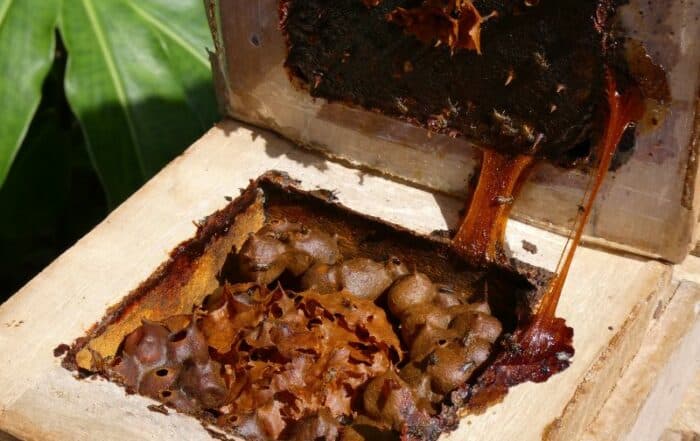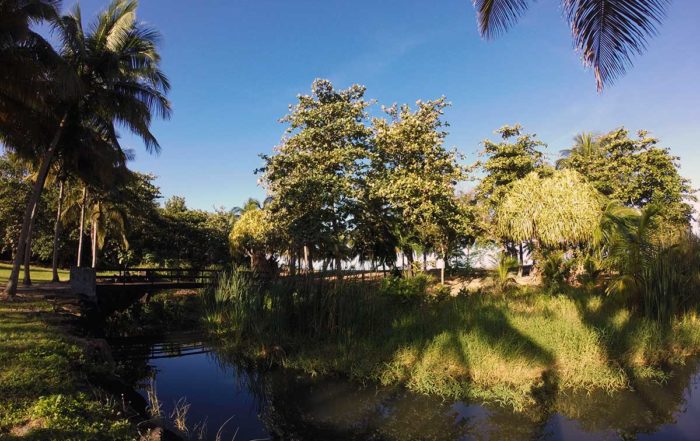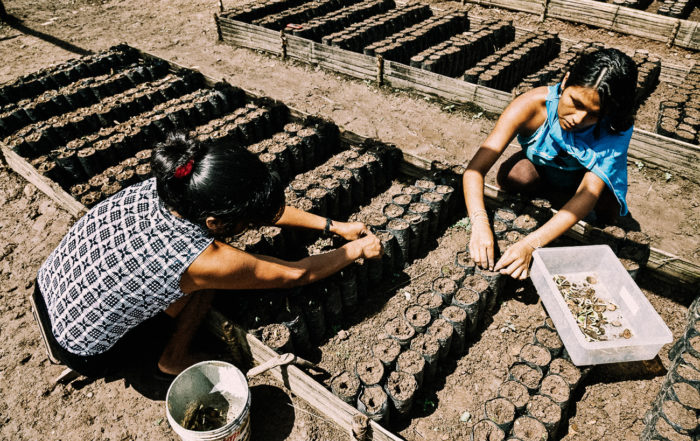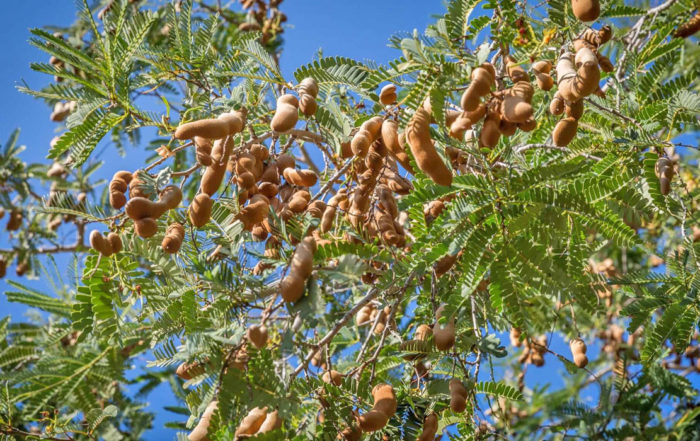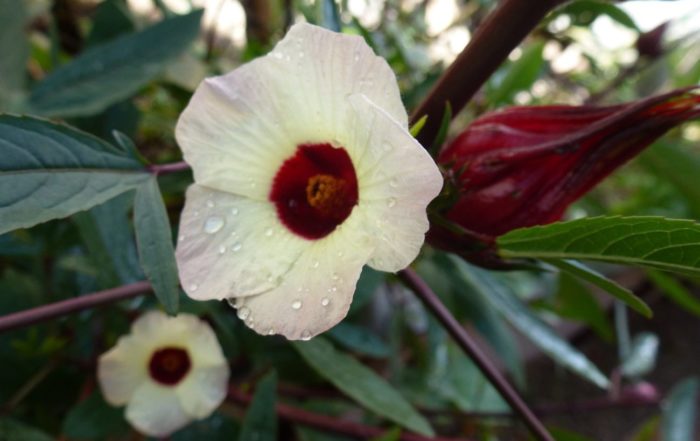This palm tree comes from the Amazon forests and is common in Peru where it is part of the local culture. The fruits are covered with a typical bark, reminding us of the dragon’s red scales. Several varieties of Aguaje exist and can be easily identified by their flesh coloring (yellow to red).
Far from just being a palm tree like the others, aguaje has several additional features:
- The species is dioecious and only the female trees produce fruits. They produce their first fruit crop up to 14 years after trees are planted but the total production is more than 3000 fruits per year!
- The fruits are consumed by several animal species including birds, primates, and ungulates and are providing subsistence to many different species.
- Thanks to its wood density, it protects some coleoptera larvae from predators, particularly suri larvae (Rhynchophorus palmarum) which are consumed locally by rural communities for their nutritional value, taste and flavour.
- The aguaje palm tree normally grows in wet areas and is said to keep the water table just below soil surface without any man-made drainage. Aguaje forests store a significant amount of carbon within their waterlogged soils and thick layers of organic matter, consisting mainly of fallen leaves and inflorescence.
Aguaje tree is a great ally for humans. It is very much appreciated by the Amazonian peoples who are impatiently waiting for the season to eat its fruits. In general its flesh is eaten raw, in juice or ice-cream. Many analysis have recently revealed its excellent nutritional values and the Peruvian government has even considered this fruit as a valuable asset in the fight against malnutrition in remote rural areas.
Besides its fruits, the aguaje tree offers additional processing possibilities:
- Leaves: from the leaves, it is possible to obtain fibers, similar to linen, to elaborate items such as ropes, brooms, hammocks, hats… and some studies have demonstrated the processing possibility to produce kraft paper.
- Sterns (petioles) can also be used for the creation of handcrafted items, purses, etc. They can even be assembled and serve for the construction of rafts.
- Its fruits can be processed into an oil for both cosmetics or food use.
In the concession, aguaje trees are receiving special attention and we do hope we will be able to start sustainable harvesting and fruit processing activities at the earliest.



